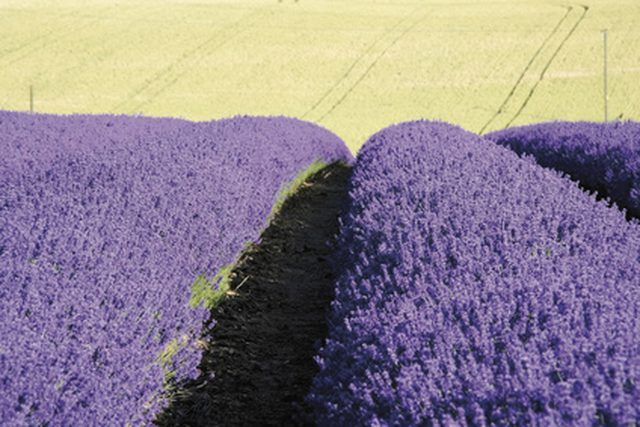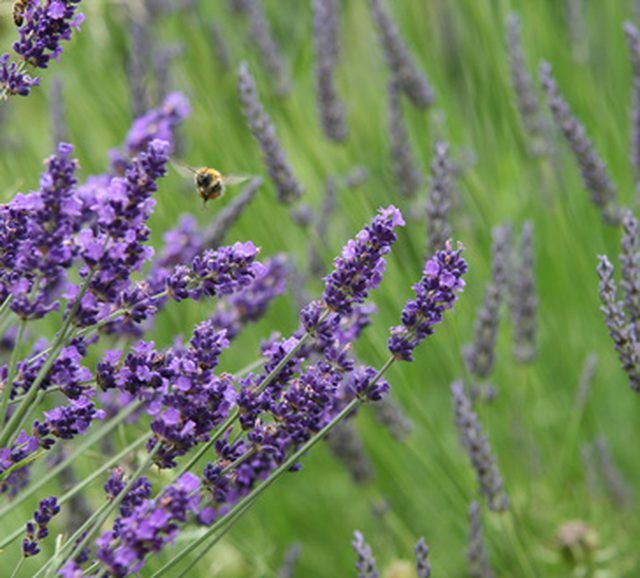Bulbs
Flower Basics
Flower Beds & Specialty Gardens
Flower Garden
Garden Furniture
Garden Gnomes
Garden Seeds
Garden Sheds
Garden Statues
Garden Tools & Supplies
Gardening Basics
Green & Organic
Groundcovers & Vines
Growing Annuals
Growing Basil
Growing Beans
Growing Berries
Growing Blueberries
Growing Cactus
Growing Corn
Growing Cotton
Growing Edibles
Growing Flowers
Growing Garlic
Growing Grapes
Growing Grass
Growing Herbs
Growing Jasmine
Growing Mint
Growing Mushrooms
Orchids
Growing Peanuts
Growing Perennials
Growing Plants
Growing Rosemary
Growing Roses
Growing Strawberries
Growing Sunflowers
Growing Thyme
Growing Tomatoes
Growing Tulips
Growing Vegetables
Herb Basics
Herb Garden
Indoor Growing
Landscaping Basics
Landscaping Patios
Landscaping Plants
Landscaping Shrubs
Landscaping Trees
Landscaping Walks & Pathways
Lawn Basics
Lawn Maintenance
Lawn Mowers
Lawn Ornaments
Lawn Planting
Lawn Tools
Outdoor Growing
Overall Landscape Planning
Pests, Weeds & Problems
Plant Basics
Rock Garden
Rose Garden
Shrubs
Soil
Specialty Gardens
Trees
Vegetable Garden
Yard Maintenance
How to Plant a Lavender Hedge
How to Plant a Lavender Hedge. Lavender is a low-maintenance landscape plant once it is established. These plants are low-growing and compact bushes that thrive in sunny areas with well-drained soil. Lavender is celebrated by Oregon State Extension Service as drought-resistant or "water-wise." The flowers of lavender range from purple to...

Lavender is a low-maintenance landscape plant once it is established. These plants are low-growing and compact bushes that thrive in sunny areas with well-drained soil. Lavender is celebrated by Oregon State Extension Service as drought-resistant or "water-wise." The flowers of lavender range from purple to pink to white. The buds and leaves emit a soft floral scent that attracts honeybees and repels neighborhood cats.
Things You'll Need
Lavender plants
Shovel
Measuring tape
Wooden board
Marking pen
Compost
Water
Planning
Measure the length, width and height of the desired hedge when it reaches maturity. Although lavender plants develop long flower stalks that will add to their height and width, the Sunset Garden Book recommends pruning these off at the end of summer.

Pick the appropriate variety. Buy lavender starts based on height and spread, hardiness and flower color. Lavender tends to maintain a round shape, so the height will equal the width of the mature plant. Gardeners in northern climates should choose winter-hardy species.
Select a location that gets full sun with well-drained soil. Root rot is a problem for lavender in moist areas.
Planting the Hedge
Lay a board on the ground in the area that the new hedge will be planted according to your measurements. Using the marking pen, mark the board to note the places where the centers of the new starts will be planted.
Prepare the ground by manually removing weeds and loosening soil. Use of herbicides will damage the tender roots of the new lavender plants.
Dig a hole 3 inches deeper than the depth of the lavender plant's root ball for each plant. Geoff Hamilton, author of The Organic Garden Book, suggests placing a 3-inch layer of well-rotted compost at the base of each hole.
Remove new plants from the pot carefully. Disentangle roots that may be pushing through the bottom of the pot.
Plant each lavender start in its prepared hole and cover the plant's root with soil up to the base of the aerial (above-ground) growth.
Water new starts thoroughly. Water the new hedge weekly for the first few months until it is established.
Tips & Warnings
Plant new hedges in the spring. This encourages new growth and allows the plant to adjust to its new surroundings without suffering from undue stress.
Prune lavender hedges in the late summer or fall after the flowers have faded.
Lavender does not require additional fertilizer after it is established. An additional top dressing of mulch in the spring will keep the plants weed-free through the year.
Examine new lavender plants for signs of insect damage or disease before purchasing them.